Supportive Regulatory Environment
The regulatory environment surrounding the Catheter-Directed Thrombolysis Market is becoming increasingly supportive, which is likely to facilitate market growth. Regulatory agencies are recognizing the importance of innovative treatment options for thromboembolic disorders and are streamlining the approval processes for new devices and therapies. This supportive stance is evident in the expedited review pathways established for breakthrough technologies, which aim to bring effective treatments to market more quickly. As a result, manufacturers are encouraged to invest in research and development, leading to a wider array of catheter-directed thrombolysis products. Furthermore, favorable reimbursement policies are emerging, which enhance the accessibility of these procedures for patients. This combination of regulatory support and financial incentives is expected to bolster the growth of the catheter-directed thrombolysis market, making it an attractive area for investment and innovation.
Rising Patient Awareness and Demand
In recent years, there has been a notable increase in patient awareness regarding thrombotic conditions and the available treatment options, particularly in the Catheter-Directed Thrombolysis Market. Patients are becoming more informed about the risks associated with thromboembolic events and the benefits of timely intervention. This heightened awareness is leading to an increase in demand for catheter-directed thrombolysis procedures, as patients actively seek out effective treatment options. Healthcare providers are responding to this demand by offering more educational resources and consultations, which further drives market growth. According to recent surveys, nearly 60% of patients diagnosed with venous thromboembolism express a preference for minimally invasive treatment options, which positions catheter-directed thrombolysis favorably in the market. This trend suggests that as patient education continues to improve, the adoption of catheter-directed thrombolysis is likely to rise.
Focus on Minimally Invasive Procedures
The Catheter-Directed Thrombolysis Market is witnessing a significant shift towards minimally invasive procedures, which are increasingly favored by both patients and healthcare providers. This trend is largely driven by the advantages associated with minimally invasive techniques, such as reduced recovery times, lower risk of complications, and less postoperative pain. As healthcare systems strive to improve patient outcomes and satisfaction, the demand for catheter-directed thrombolysis is expected to grow. Recent data indicates that minimally invasive procedures account for over 40% of all interventional procedures performed, highlighting a clear preference among patients. Additionally, advancements in catheter technology and imaging modalities are making these procedures safer and more effective, further solidifying their position in the market. Consequently, the focus on minimally invasive approaches is likely to propel the growth of the catheter-directed thrombolysis market.
Increasing Incidence of Thromboembolic Disorders
The rising incidence of thromboembolic disorders is a critical driver for the Catheter-Directed Thrombolysis Market. Conditions such as deep vein thrombosis and pulmonary embolism are becoming more prevalent due to factors like an aging population, sedentary lifestyles, and increased prevalence of risk factors such as obesity and diabetes. According to recent epidemiological studies, the incidence of venous thromboembolism is estimated to affect approximately 1 in 1,000 individuals annually, which underscores the urgent need for effective treatment options. As healthcare providers seek to address this growing public health concern, catheter-directed thrombolysis is emerging as a viable solution. The ability to rapidly dissolve clots and restore blood flow is crucial in preventing severe complications, thereby driving the demand for this treatment modality. This trend suggests that the market for catheter-directed thrombolysis is poised for substantial growth in the coming years.
Technological Advancements in Catheter-Directed Thrombolysis
The Catheter-Directed Thrombolysis Market is experiencing a surge in technological advancements that enhance treatment efficacy and patient outcomes. Innovations such as improved catheter designs, advanced imaging techniques, and automated thrombolysis systems are becoming increasingly prevalent. These advancements not only facilitate more precise delivery of thrombolytic agents but also reduce procedural complications. For instance, the integration of real-time imaging allows for better visualization of thrombus location, which is crucial for effective treatment. As a result, the market is projected to grow at a compound annual growth rate of approximately 7% over the next few years, driven by these technological improvements. Furthermore, the development of new thrombolytic agents is likely to expand treatment options, thereby attracting more healthcare providers to adopt catheter-directed thrombolysis as a preferred intervention.


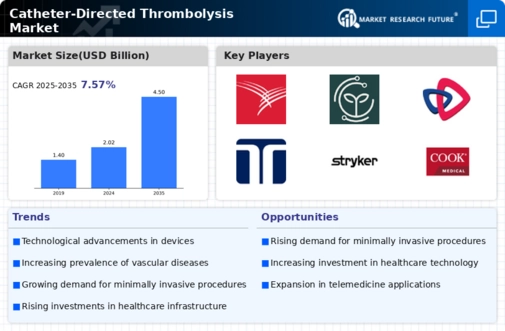
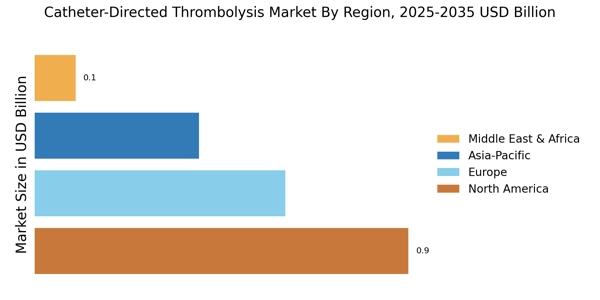
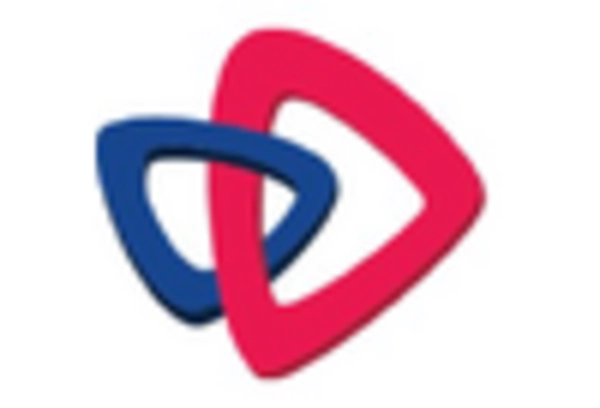
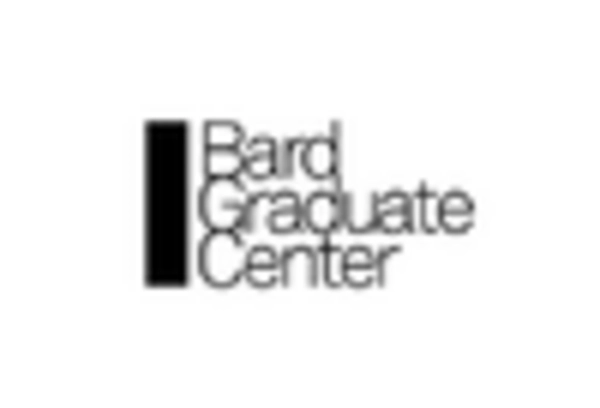

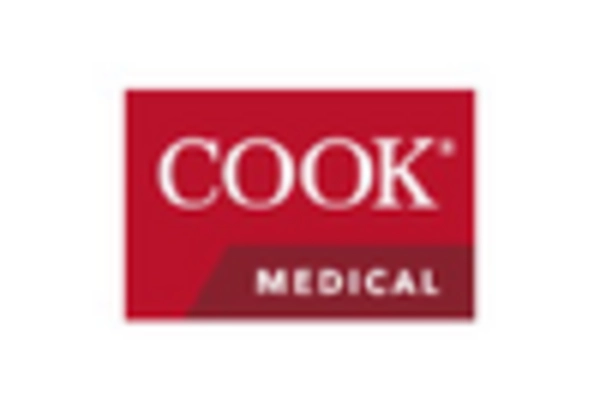

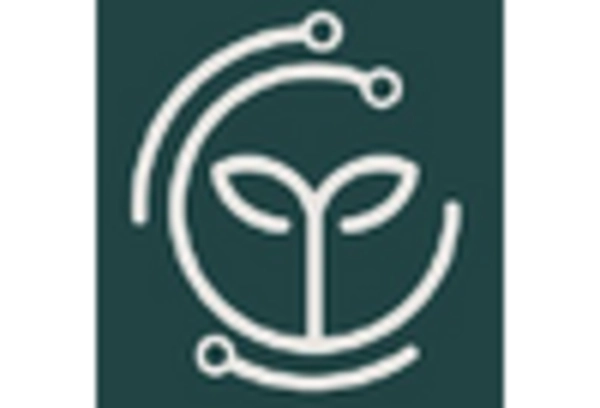








Leave a Comment